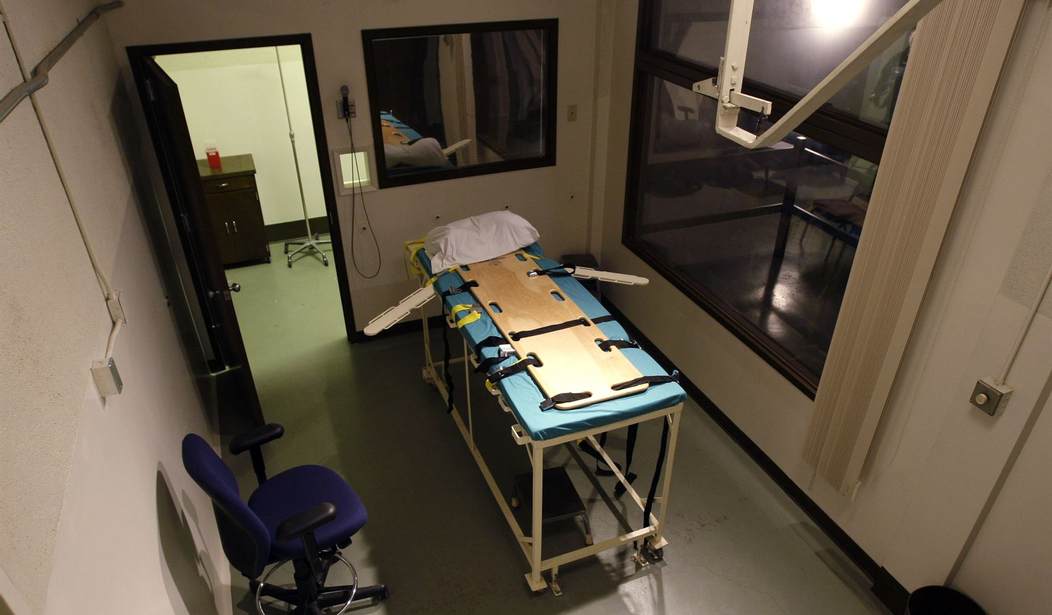The first execution in the United States by nitrogen gas was "textbook" according to Alabama Attorney General Steve Marshall.
Eyewitnesses might not dispute the efficiency of the execution. But as far as being a gruesome spectacle, it didn't disappoint.
I am in favor of capital punishment as long as it can be applied equally. It's not a case of black/white inequality. The Alabama inmate who was executed with nitrogen gas, Kenneth Eugene Smith, was white. The important color in capital punishment is green. And I don't believe a person's life should depend on whether they were rich enough to afford a top attorney.
But if the death sentence is supposed to be some kind of deterrence, there's no reason they shouldn't broadcast it.
Kenneth Smith was convicted in a murder-for-hire scheme where he killed 45-year-old Elizabeth Dorlene Sennett, the wife of Reverend Charles Sennett, on March 18, 1988. Sennett hired another man, Billy Gray Williams, to carry out the murder, and Williams then hired Smith and another man to carry out the killing. Smith beat and stabbed Mrs. Sennett to death.
The nitrogen hypoxia execution of Smith wasn't the first attempt by the state to kill him. On November 17, 2022, the state signed off on executing Smith by lethal injection. But the attendants, who were not doctors, couldn't find a vein to insert the needle.
That led to a delay of 14 months. Finally, the execution was set for Saturday night. Smith had been on death row for three decades. And his execution was anti-climactic.
The prison warden entered the chamber, read the death warrant setting his execution date and held a microphone for Smith to speak any final words.
“Tonight Alabama causes humanity to take a step backwards,” Smith began. He moved his fingers to form an “I love you” sign to family members who were also present. “I’m leaving with love, peace and light. … Love all of you.”
The Sennett family watched from a viewing room that was separate from the one where members of the media and Smith’s attorney were seated.
The actual execution was probably hard to watch.
Smith began to shake and writhe violently, in thrashing spasms and seizure-like movements, at about 7:58 p.m. The force of his movements caused the gurney to visibly move at least once. Smith’s arms pulled against the straps holding him to the gurney. He lifted his head off the gurney and then fell back.
The shaking went on for at least two minutes. Hood repeatedly made the sign of the cross toward Smith. Smith’s wife, who was watching, cried out.
Smith began to take a series of deep gasping breaths, his chest rising noticeably. His breathing was no longer visible at about 8:08 p.m. The corrections officer who had checked the mask before walked over to Smith and looked at him.
Smith was unconscious by the time he began thrashing and moving about. Did he "feel" anything? Was he really unconscious? Only God and Kenneth Smith know for sure.
But there has to be a better way to execute criminals. Let's face it: There's no "foolproof" way to execute someone easily and painlessly. Life is tenacious. Approaching its end, the body will consciously and unconsciously struggle to stay alive.
Whether it's nitrogen hypoxia, lethal injection, or cyanide gas, putting someone to death humanely has to be the goal of a civil society. Perhaps nitrogen hypoxia is the answer. But there are a lot of things that can go wrong with this method of execution, as I'm sure we'll discover going forward,










Join the conversation as a VIP Member